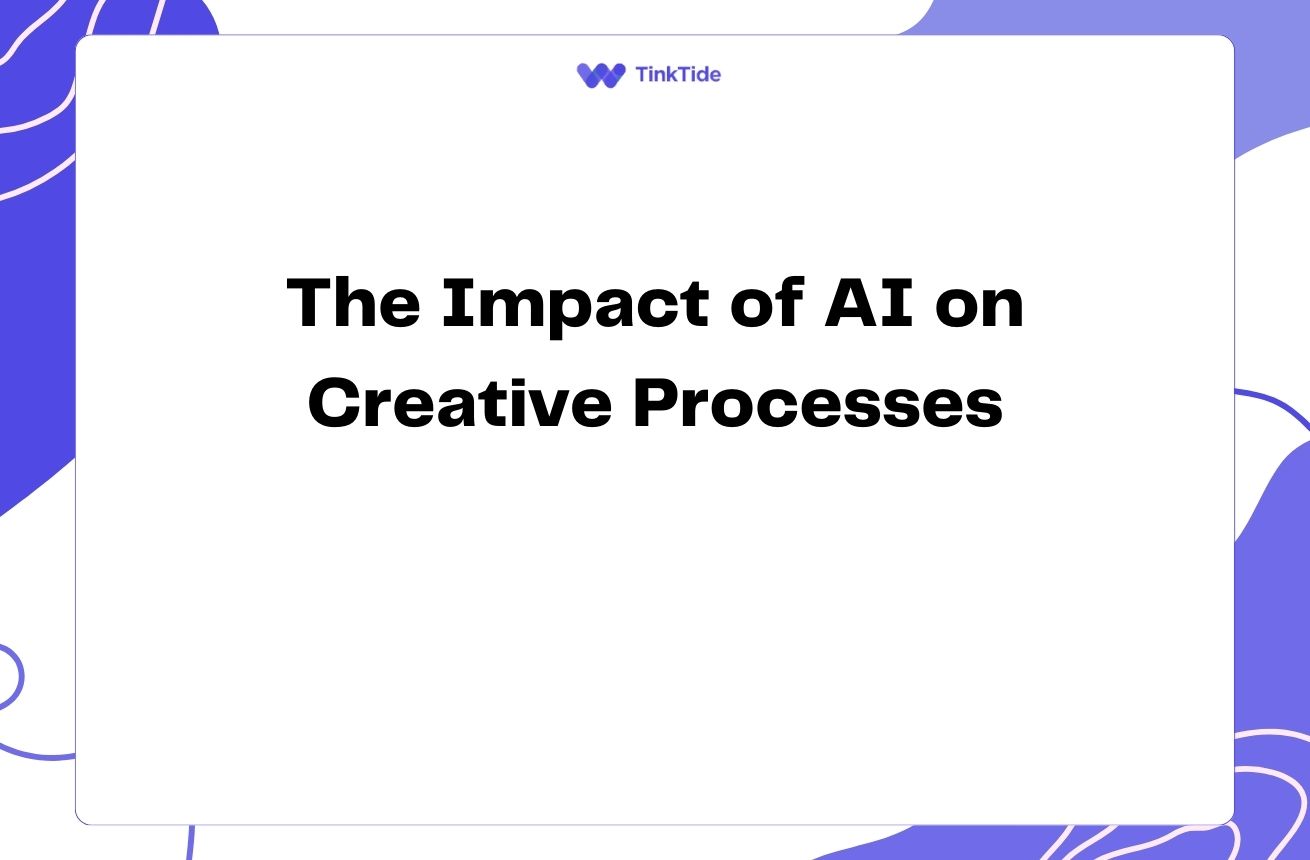Boost Your Marketing with Mind-Mapped Customer Feedback
The Power of Customer Feedback in Marketing
Customer feedback is the lifeblood of successful marketing strategies. It provides invaluable insights into your audience's needs, preferences, and pain points. By effectively analyzing and organizing this feedback, you can create targeted campaigns that resonate with your customers and drive business growth.
However, making sense of large volumes of customer feedback can be challenging. This is where mind mapping comes in. Mind mapping is a visual technique that helps you organize information in a hierarchical, easy-to-understand format. By applying mind mapping to customer feedback analysis, you can uncover patterns, identify trends, and make data-driven decisions to improve your marketing efforts.
In this article, we'll explore how to use mind mapping to analyze and organize customer feedback, and how this approach can revolutionize your marketing strategies.
Understanding Mind Mapping for Feedback Analysis
Mind mapping is a powerful tool for visualizing complex information. When applied to customer feedback analysis, it allows you to:
- Organize feedback into logical categories
- Identify relationships between different pieces of feedback
- Spot recurring themes and patterns
- Prioritize areas for improvement
- Generate new ideas for marketing initiatives
Steps to Analyze Customer Feedback with Mind Mapping
Follow these steps to effectively analyze and organize customer feedback using mind mapping:
- Step 1: Collect and centralize feedback from various sources
- Step 2: Create a central node for your main topic
- Step 3: Add primary branches for major feedback categories
- Step 4: Expand branches with specific feedback points
- Step 5: Use colors and icons to highlight important information
- Step 6: Analyze the completed mind map for insights
By following this process, you'll create a comprehensive visual representation of your customer feedback, making it easier to extract actionable insights for your marketing strategies.
Leveraging Mind Maps for Marketing Strategy Improvement
Once you've created your customer feedback mind map, you can use it to improve your marketing strategies in several ways:
1. Identify Customer Pain Points: Look for recurring themes in negative feedback to understand what issues your customers are facing. Use this information to develop marketing messages that address these pain points directly.
2. Highlight Product Features: Positive feedback can reveal which features customers value most. Emphasize these features in your marketing materials to attract new customers and retain existing ones.
3. Segment Your Audience: Use the mind map to identify different customer segments based on their feedback. This can help you create more targeted and personalized marketing campaigns.
4. Generate Content Ideas: Customer feedback is a goldmine for content creation. Use the insights from your mind map to develop blog posts, social media content, and other marketing materials that resonate with your audience.
Tools for Mind Mapping Customer Feedback
Several digital tools can help you create effective mind maps for customer feedback analysis:
- MindMeister: A collaborative online mind mapping tool
- XMind: Offers both free and paid versions with advanced features
- Coggle: A simple, user-friendly mind mapping tool with real-time collaboration
- MindMup: A free, open-source mind mapping software
- Lucidchart: A versatile diagramming tool that includes mind mapping features
Choose a tool that fits your needs and budget, and start mapping your customer feedback today.
Best Practices for Mind Mapping Customer Feedback
To get the most out of your customer feedback mind maps, follow these best practices:
- Keep it simple: Start with broad categories and drill down into specifics
- Use clear, concise labels: Make your mind map easy to read and understand
- Update regularly: Continuously add new feedback to keep your insights fresh
- Collaborate: Involve team members from different departments for diverse perspectives
- Look for connections: Draw lines between related feedback points to uncover hidden insights
By following these practices, you'll create more effective mind maps that drive meaningful improvements in your marketing strategies.
Measuring the Impact of Mind-Mapped Feedback on Marketing
To ensure that your mind mapping efforts are paying off, it's important to measure their impact on your marketing strategies. Here are some key metrics to track:
- Customer satisfaction scores
- Net Promoter Score (NPS)
- Conversion rates
- Customer retention rates
- Engagement rates on marketing content
By monitoring these metrics before and after implementing insights from your mind-mapped feedback, you can quantify the effectiveness of this approach and make data-driven decisions to further improve your marketing strategies.
Address common questions
Here are some frequently asked questions about using mind mapping for customer feedback analysis:
How often should I update my customer feedback mind map?
It's best to update your mind map regularly, ideally on a monthly or quarterly basis. This ensures that you're always working with the most recent feedback and can quickly identify emerging trends or issues.
Can mind mapping replace traditional feedback analysis methods?
While mind mapping is a powerful tool, it's most effective when used in conjunction with other analysis methods. Combine mind mapping with quantitative analysis, sentiment analysis, and other techniques for a comprehensive understanding of your customer feedback.
How can I involve my team in the mind mapping process?
Use collaborative mind mapping tools that allow multiple team members to contribute simultaneously. Schedule regular feedback analysis sessions where team members from different departments can add their insights to the mind map.
What if I have too much feedback to fit in one mind map?
If you have a large volume of feedback, consider creating multiple mind maps organized by product line, customer segment, or feedback source. You can then create a high-level mind map that summarizes the key insights from each sub-map.
How can I present mind map insights to stakeholders?
Many mind mapping tools allow you to export your maps as images or presentations. Use these features to create visually appealing reports that highlight key insights and action items derived from your customer feedback analysis.
Provide additional resources
The Mind Mapping Handbook
A comprehensive guide to mind mapping techniques
Customer Feedback Analysis Best Practices
Learn how to effectively analyze customer feedback
Mind Mapping for Marketers
Discover how marketers can leverage mind mapping in their work
The Power of Visual Thinking
A TED talk on the benefits of visual thinking in problem-solving
Customer Feedback Tools Comparison
Compare different tools for collecting and analyzing customer feedback
Summarize key takeaways
Mind mapping is a powerful technique for analyzing and organizing customer feedback, enabling marketers to uncover valuable insights and improve their strategies. By visualizing feedback in a hierarchical structure, you can identify patterns, prioritize issues, and generate innovative ideas for your marketing campaigns.
Remember to regularly update your mind maps, involve your team in the process, and measure the impact of your insights on key marketing metrics. With practice and persistence, mind mapping can become an invaluable tool in your marketing toolkit, helping you create more effective, customer-centric strategies.
Start incorporating mind mapping into your customer feedback analysis today, and watch as your marketing strategies become more targeted, effective, and aligned with your customers' needs and preferences.
Revolutionize Your Marketing with Mind-Mapped Insights
Ready to transform your customer feedback into powerful marketing strategies? Try our mind mapping tools today!
Start Your Free Trial

